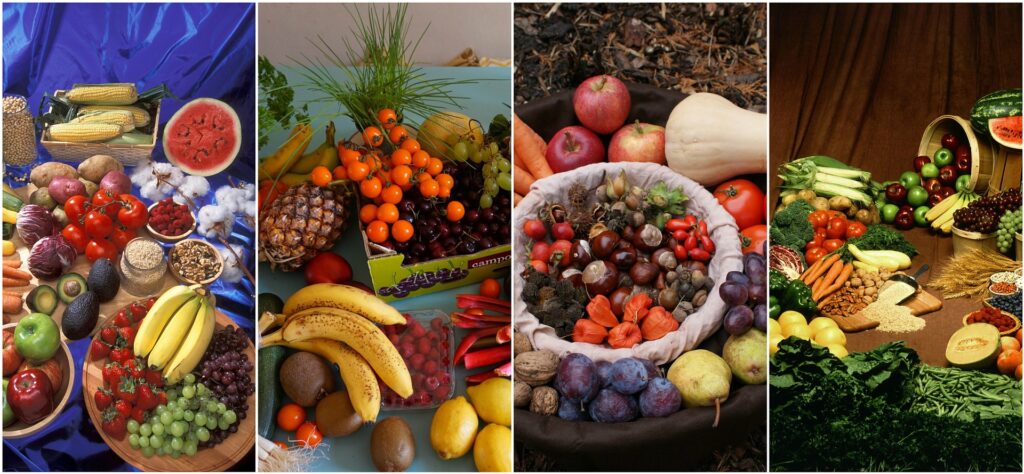4 Reasons Dairy in School Meals is Critical to Children’s Health

School meals are a lifeline for many children who face hunger. Nearly 30 million children rely on school meals every day. Also, according to a 2021 peer-reviewed study by researchers at Tufts University and Icahn School of Medicine, food consumed at schools had the highest nutritional quality compared to foods consumed from grocery stores, restaurants and other major food sources.
School meals may be the only nutritious meal children get on some days. Even for children who don’t face food insecurity, school meals can fill the gaps in their diet, especially when it comes to nutrients provided by dairy foods. In fact, children who participate in school meals consume more dairy milk, fruits and vegetables than non-participants, and they consume fewer desserts and snacks.
Starting at 4 years of age, many children’s diets, especially those from communities of color, do not meet the daily dairy consumption recommended by the 2020-2025 Dietary Guidelines for Americans. This is significant because nutrient-rich milk provides calcium, vitamin D and potassium, three nutrients of concern many children lack in their diets.
Despite the benefits of dairy, there are misperceptions about dairy foods and the quality of school meals. Below are four facts about how dairy in school meals helps nourish growing and learning students.
1. School meals are a main source of dairy
School meals are a key source of dairy for many school-age children. According to the U.S. Department of Agriculture, foods provided as part of school meals are the richest source of dairy in children’s diets. In fact, school meals provide up to 2 of the 3 recommended daily servings of dairy.
For low-income children, school meals provide 77% of their daily dairy milk consumption and 70% of total dairy consumption, according to a 2017 study published in Preventative Medicine Reports. Milk and dairy foods, like cheese and yogurt, provided in school meals are critical to helping ensure children of all economic backgrounds benefit from dairy’s nutrients.
2. A variety of milk options are offered and all deliver nutrients
Schools offer a variety of milk options, including fat-free, low-fat, flavored and lactose-free milk. No matter which kind of milk a student chooses, each option provides 13 essential nutrients that benefit health.
A note on lactose-free milk: Contrary to popular belief, a student doesn’t need documentation, such as a parent letter or physician statement, to have lactose-free milk. It is allowed in school meal programs to address students’ health needs. For instance, according to Donna Martin, EdS, RDN, LD, SNS, FAND, school nutrition director at Burke County Schools in Georgia, “I represent a school district with a high African American population and lactose-free milk is served as an option for any of my students who want it, helping them benefit from milk’s hard-to-replace nutrient content.”
3. Flavored milk is lower in added sugar than you may think
Many parents and health professionals are concerned about added sugars in the overall diet. The good news is that milk companies have worked with schools to reduce the amount of added sugars in flavored milk available in schools.
According to National Dairy Council, between 2007 and 2021, the U.S. dairy community reduced added sugars in flavored milk in schools by nearly 50%. The average flavored milk served in schools has 126 calories — just 29 more calories than unflavored milk. At the end of the day, according to NHANES data, flavored milk contributes only 4% of added sugars in the diets of children 2-18 years old, with the bulk of added sugars coming from soft drinks.
4. Flavored milk increases milk and nutrient consumption
According to a study published in Nutrition Today, removing flavored milk from schools can lead to a decrease in total milk consumption and negatively impact the ability of children to meet their nutritional needs.
Drinking flavored milk can actually help children meet their nutritional needs. A 2022 study from ACTA Scientific Nutritional Health journal showed that consumers of flavored milk drank approximately 1-cup more of total milk, which contributed to higher consumption of calcium, potassium, magnesium, phosphorus and vitamins A, D and B-12 and riboflavin than non-consumers. In fact, they consumed 51% more vitamin D, 27% more calcium and 16% more potassium compared to non-flavored milk drinkers.
These are just a few facts that underscore the importance of milk and dairy foods as part of nutrient-rich school meals. Without this critical food group as part of healthy eating patterns provided by school meals, children may not receive all the nutrients they need to grow and learn in their childhood and teen years.



